Workshop for teachers Working with students with different learning styles.
Workshop for teachers
Working with students with different learning styles.
Objectives:
by the end of the workshop participants will be able to:
- identify the main features of learning styles;
- learn and use different exercises according to learning styles;
- feel pleased.
Equipment: charts, markers, handouts, pictures, video “Winnie-the Pooh”.
I. Warm up.
1. Greeting.
2. The subject and objectives.
3. Activity “Find someone WHO … “
|
... is the only child |
... can not swim |
… does not have Facebook |
|
...can lift a car |
... would like to be a cat |
... saw you last week |
II. Information.
Learning Styles
1. Participants are divided into 3 groups. They have to read the information about a learning style, make a chart and present the learning style to the other groups.
2. Participants are given a test to find their style.
III. Practice./Application.
Exercises for:
1. Visual learners.
a. Match. Pictures to sentences, short texts.
Everybody takes a stripe of paper with a sentence or a short text. The task is to read, understand and find the picture relating to the sentence/the text. The pictures are hang on the walls in the room.
b. Situational dialogues.
Participants are divided into pairs and practice the dialogues according to the given situation.
c. Look and remember.
Participants are shown a picture for 15 seconds. They should write as many words as they remember. Then they work in pairs practicing the short dialogue.
Can I have an apple? - Yes, please (if the participant wrote the word ’apple’). / No, sorry (if the participant did not write the word).
2. Kinaesthetic learners.
Exercises for kinaesthetic learners:
a. Magic bag.
The teacher puts a thing into the bag and gives the participants to touch and guess what there is.
Pattern: I guess, it is a toy - dog. As it is small and has got four legs.
b. Running dictation.
The parts of the story are hang on the walls. The participants make groups and try to write the whole story. Each member of the group has to run to the part of the story, read, remember and tell it to the group after coming back.
c. Stand up who…
Participants are sitting in a circle. The leader (is standing) asks to stand up someone who is wearing a skirt. The participants who are wearing skirts should stand up and change their places. The one without the seat becomes a leader.
3. Auditory learners.
Exercises for auditory learners:
a. Twin pictures.
Participants work in pairs. One has got a picture and should describe it to the other. The other one draws.
b. Blind video.
Participants work in pairs. One watches the video, then describes it to the other one who can’t watch it.
c) Partner reading.
Participants work in groups. Each group reads the text and retells to the others. Each groups has its own task to do.
IV. Summing up.
“Cabbage” activity.
Participants pass the “cabbage’ - a ball made of pieces of papers with questions written on them. When the music stops the participant with the “cabbage’ takes the leaf off, reads the question and answers. The activity goes until all the leaves are taken off.
Learning Styles Explanation
The VAK learning styles model suggests that most people can be divided into one of three preferred styles of learning. These three styles are as follows, (there is no right or wrong learning style)
- Someone with a visual learning style has a preference for seen or observed things, including pictures, diagrams, demonstrations, displays, handouts, films, flipchart, etc. These people will use phrases such as “show me” , “let’s have a look at that” and will be best able to perform a new task after reading the instructions or watching someone else do it first. These are the people who will work from lists and written directions and instructions.
- Someone with an auditory learning style has a preference for the transfer of information through listening: to the spoken word of self or others, of sounds and noises. These people will use phrases such as “tell me” , “let’s talk it over” and will be best able to perform a new task after listening to instructions from an expert. These are the people who are happy being given spoken instructions over the phone, and can remember all the words to songs they hear!
- Someone with a kinaesthetic learning style has a preference for physical experience – touching, feeling, holding, doing, practical hands-on experiences. These people will use phrases such as “Let me try”, “how do you feel?” and will be best able to perform a new task by going ahead and trying it out, learning as they go. These are the people who like to experiment, hands-on, and never look at the instructions first!
People commonly have a main preferred learning style, but this will be part of a blend of all three. Some people have a very strong preference; other people have a more even mixture of two, or less commonly, three styles.
When you know your preferred learning style(s) you understand the type of learning that works best for you.
There is no right or wrong learning style. The point is that there are types of learning that are right for your own preferred learning style.
- VAK Learning Styles Self Assessment Questionnaire
Circle or tick the answer that most represents how you generally behave.
-
When I operate new equipment I generally:
- read the instructions first
- listen to an explanation from someone who has used it before
- go ahead and have a go, I can figure it out as I use it
-
When I need directions for traveling I usually:
- look at a map
- ask for spoken directions
- follow my nose and maybe use a compass
-
When I cook a new dish, I like to:
- follow a written recipe
- call a friend for an explanation
- follow my instincts, testing as I cook
-
If I am teaching someone something new, I tend to:
- write instructions down for them
- give a verbal explanation
- demonstrate first and then let them have a go
-
I tend to say:
- watch how I do it
- listen to me explain
- you have a go
-
During my free time I most enjoy:
- going to museums and galleries
- listening to music and talking to my friends
- playing sport or doing DIY
-
When I go shopping for clothes, I tend to:
- imagine what they would look like on
- discuss them with the shop staff
- try them on and test them out
-
When I am choosing a holiday I usually:
- read lots of brochures
- listen to recommendations from friends
- imagine what it would be like to be there
-
If I was buying a new car, I would:
- read reviews in newspapers and magazines
- discuss what I need with my friends
- test-drive lots of different types
-
When I am learning a new skill, I am most comfortable:
- watching what the teacher is doing
- talking through with the teacher exactly what I am supposed to do
- give it a try myself and work it out as I go
-
If I am choosing food off a menu, I tend to:
- imagine what the food will look like
- talk through the options in my head or with my partner
- imagine what the food will taste like
-
When I listen to a band, I can’t help:
- watching the band members and other people in the audience
- listening to the lyrics and the beats
- moving in time with the music
-
When I concentrate, I most often:
- focus on the words or pictures in front of me
- discuss the problem and the possible solutions in my head
- move around a lot, fiddle with pens and pencils and touch things
-
I choose household furnishing because I like:
- their colours and how they look
- the descriptions the sales-people give me
- the textures and what it feels like to touch them
-
My first memory is of:
- looking at something
- being spoken to
- doing something
-
When I am anxious, I:
- visualise the worst-case scenarios
- talk over in my head what worries me most
- can’t sit still, fiddle and move around constantly
-
I feel especially connected to other people because of:
- how they look
- what they say to me
- how they make me feel
-
When I have to revise for an exam, I generally:
- write lots of revision notes and diagrams
- talk over my notes, alone or with other people
- imagine making the movement or creating the formula
-
If I am explaining to someone I tend to:
- show them what I mean
- explain to them in different ways until they understand
- encourage them to try and talk them through my ideas as they do it
-
I really love:
- watching films, photography, looking at art or people watching
- listening to music, the radio or talking to friends
- taking part in sporting activities, eating fine foods and wines and dancing
-
Most of my free time is spent:
- watching television
- talking to friends
- doing a physical activity or making things
-
When I first contact a new person, I usually:
- arrange a face to face meeting
- talk to them on the telephone
- try to get together while doing something else, such as an activity or a meal
-
I first notice how people:
- look and dress
- sound and speak
- stand and move
-
If I am angry, I tend to:
- keep replaying in my mind what it is that has upset me
- raise my voice and tell people how I feel
- stamp about, slam doors and physically demonstrate my anger
-
I find it easiest to remember:
- faces
- names
- things I have done
-
I think you can tell if someone is lying if:
- they avoid looking at you
- their voice changes
- they give me funny vibes
-
When I meet an old friend:
- I say “It’s great to see you!”
- I say “It’s great to hear from you!”
- I give them a hug or a handshake
-
I remember things best by:
- writing notes or keeping printed details
- saying them aloud or repeating words and key points in my head
- doing or practising the activity or imagining it being done
-
If I have to complain about faulty goods, I am most comfortable:
- writing a letter
- complaining over the phone
- taking them back to the store or posting them back to head office
-
I tend to say:
- I see what you mean
- I hear what you are saying
- I know how you feel
Now add up how many A’s, B’s and C’s you selected.
A’s = B’s = C’s =
If you chose mostly A’s you have a VISUAL learning style
If you chose mostly B’s you have an AUDITORY learning style
If you chose mostly C’s you have a KINAESTHETIC learning style
Some people find that their learning style may be a blend of two or three styles, in this case read about the styles that apply to you in the explanation.
Sentences to match with pictures:
I can send an e-mail. I can sing.
I can play the piano. I can make tea.
I can ride a bike. I can drive a car.
I can make salad. I can run 10 km.
I can jump 100 times. I can lift a car.
I can read a book in one day.
I can name 10 animals in English.
I can bake bread. I can draw.
I can play the guitar.
I can drive a tractor.
I can clean the room.
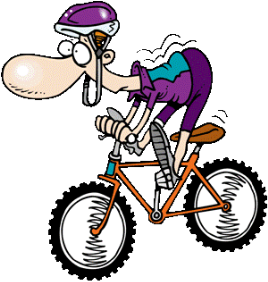

Pictures to match:
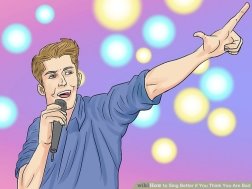
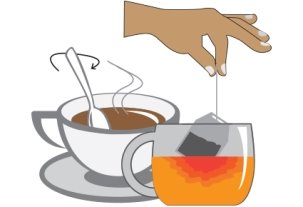
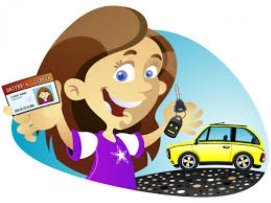
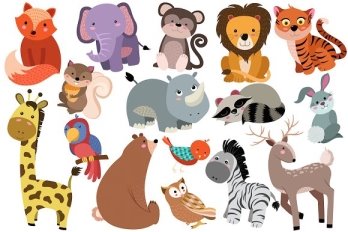
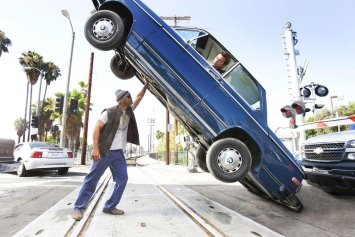
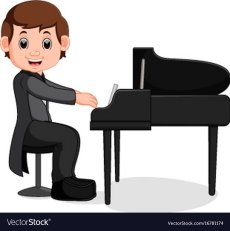
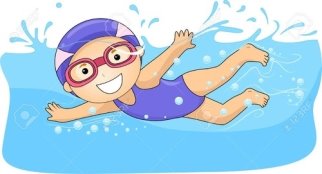
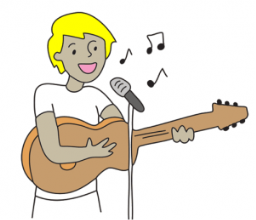
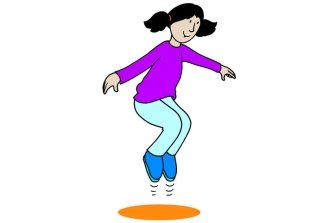


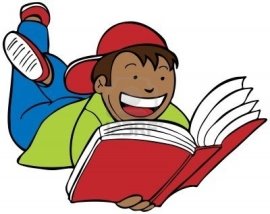
Running dictation:
1. I don’t know what I want to be as there are a lot of jobs.
2. The police officer catches burglars, it is interesting.
3. The dentist repairs teeth, it is helpful.
4. The vet helps sick animals, I like animals very much.
5. The teacher teaches children, and I love children.
6. The cook cooks, good food is needed.
7. It is so difficult to choose! What can I do?
Blind pictures:
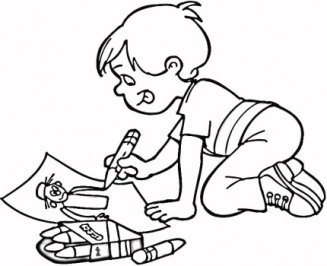
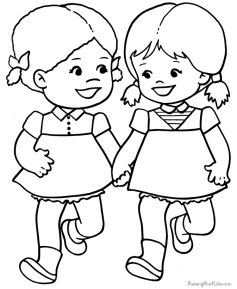


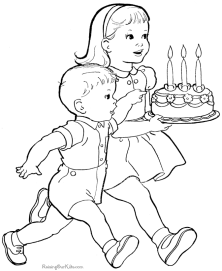
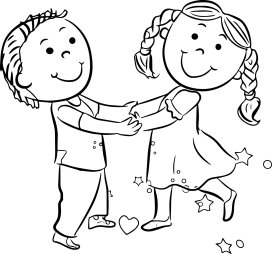
Partner reading:
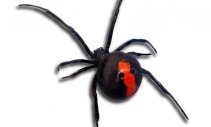
Spiders love bathrooms. In Australia there is a house spider called the redback which lives under toilet seats. Redbacks hate people sitting on them. They also have a bite that can kill and a target that is difficult to miss. Redbacks do not make good pets.
Worms live _________ .
Worms come out _________ .
They eat ______________ .
Cockroaches eat _________ .
They sleep ___________ .
They hate _________ .
Worms live in the ground and come out when it rains. They eat rotten plants. If you want to take one of these revolting things into your home, don’t tell your mother! Get a glass full of earth, put in some leaves and then throw in the lucky worm.
plants. If you want to take one of these revolting things into your home, don’t tell your mother! Get a glass full of earth, put in some leaves and then throw in the lucky worm.
Cockroaches eat _________ .
They sleep ___________ .
They hate _________ .
Spiders love _________ .
A house spider is called _________ .
They hate ________ .
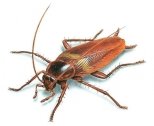
Cockroaches eat everything. They often live inside TVs where they eat electrical wires and listen to Bugs Bunny. Cockroaches sleep during the day, so if you want to see one, leave some food out at night. In the middle of the night, go into the kitchen and switch on the light. Cockroaches hate bright lights and try to run under the fridge. Move fast if you want to catch one in your hand.
Worms live _________ .
Worms come out _________ .
They eat ______________ .
Spiders love _________ .
A house spider is called _________ .
They hate ________ .
Cabbage questions:
Name learning styles.
What are the main features of auditory learners?
What are the main features of visual learners?
What are the main features of kinaethetic learners?
Name 2 activities for auditory learners.
Name 2 activities for visual learners.
Name 2 activities for kinaethetic learners.
What animal would you like to be?
Who does not have Facebook?
What activities would you use in your class?


про публікацію авторської розробки
Додати розробку
